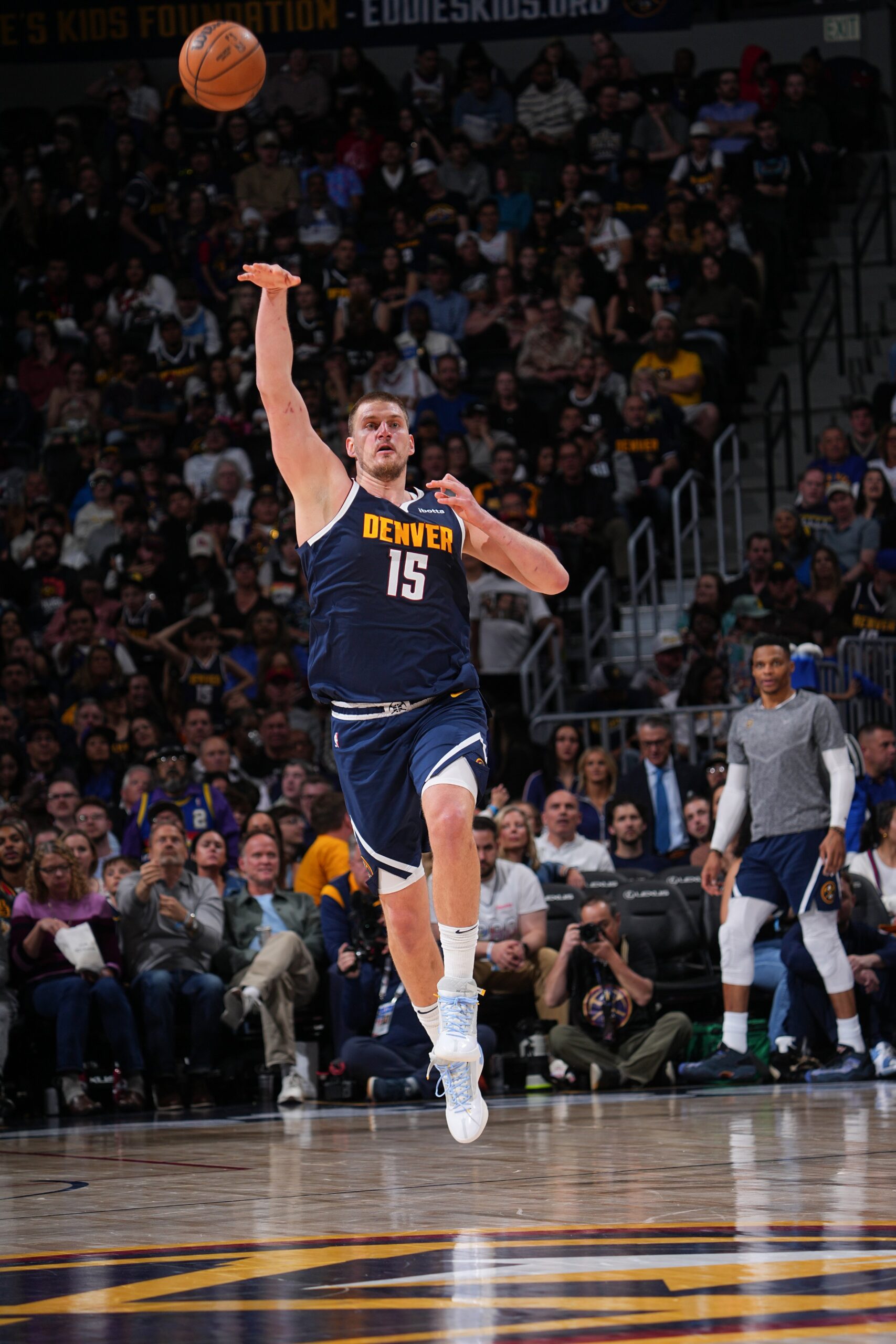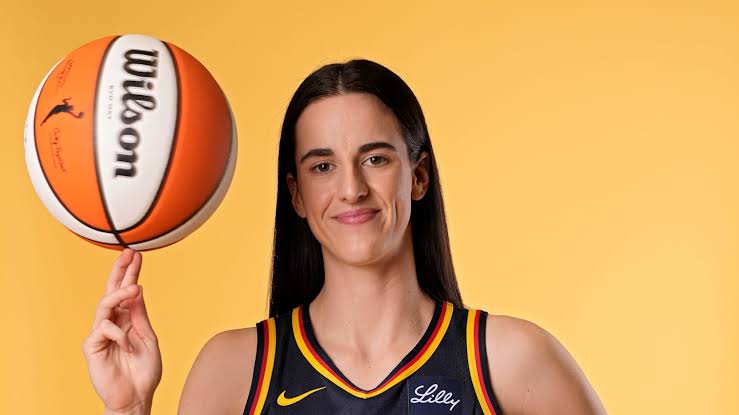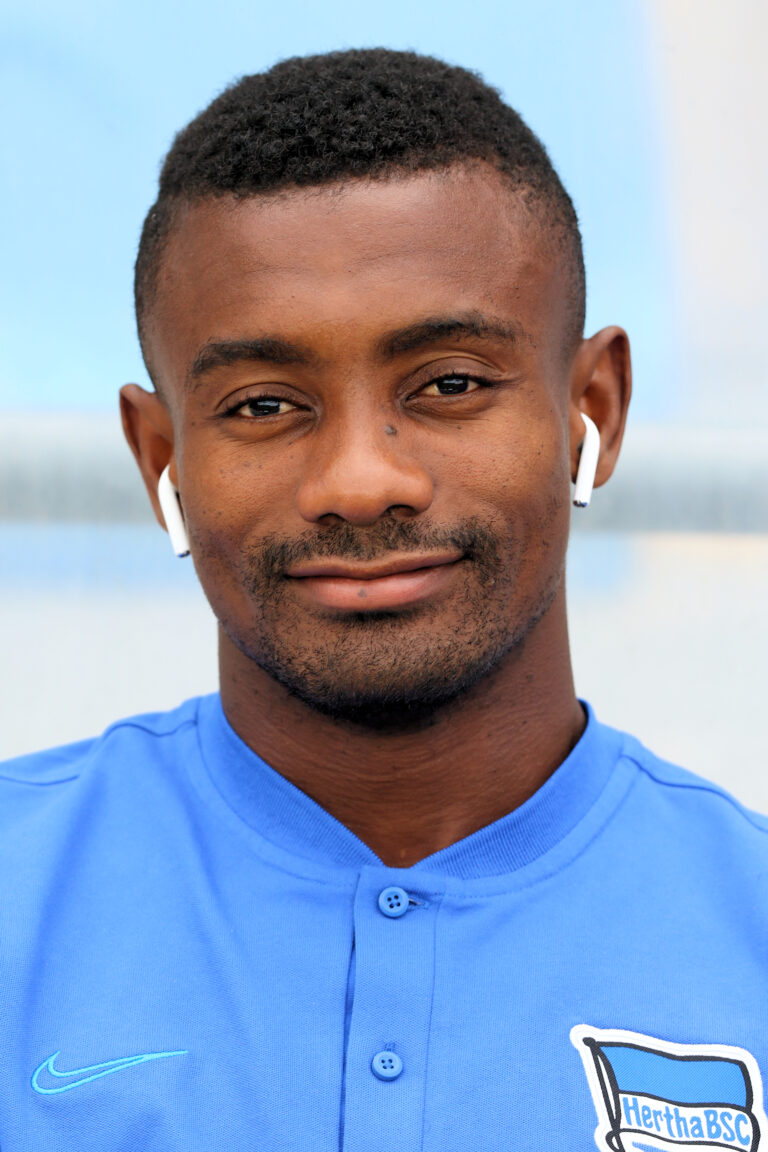
The NBA has officially introduced a change to how “end-of-period heaves” are recorded in the stat sheet, aiming to create a fairer reflection of player efficiency. Moving forward, desperation shots taken as the clock winds down at the end of a quarter or half will count as a missed field goal attempt for the team, but they will not be charged against an individual player’s shooting percentage.
For years, players have expressed frustration about how low-probability shots—often taken from half-court or beyond as the buzzer sounds—negatively impacted their personal statistics. Many players even avoided attempting those heaves, instead holding the ball as the horn expired, prioritizing their field goal percentage over giving their team a slim chance at scoring. This adjustment is designed to remove that disincentive and encourage players to launch those shots without concern for how it may affect their box score.
Statisticians and league officials acknowledged that these attempts rarely go in but can alter a player’s season averages in ways that do not accurately reflect their skill or efficiency. By separating the impact on team and individual stats, the league hopes to strike a balance between statistical integrity and player motivation. Teams will still see the miss reflected in their total shooting numbers, preserving accuracy in game records, but players won’t see their shooting percentages dragged down by what are essentially desperation heaves.
This change has already sparked debate among analysts, with some praising the move as a logical adjustment that will lead to more attempts at buzzer-beating highlights, while others question whether it undermines the importance of precise statistical tracking. Still, the consensus among players is expected to be largely positive, as the ruling directly addresses a longstanding gripe.
End-of-period shots are among the most memorable plays when they do fall, often energizing crowds and shifting momentum. By removing the statistical downside, the league is essentially promoting more of those attempts, potentially increasing excitement for fans while also giving teams every possible chance at squeezing out extra points.
As the NBA continues to modernize its approach to both gameplay and analytics, this change represents another example of how the league is adapting to the realities of today’s game. It reflects a growing understanding that advanced stats and player psychology must work together to ensure both fairness and entertainment.
Do you want me to also add examples of players who have been vocal about not wanting to take these heaves in the past?






